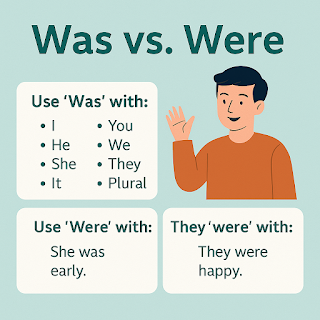5 Way To Speak Fluent English

5 Ways to Sound More Fluent When You Speak English Do you ever feel like you're stuck in a language-learning rut? You can read and write in English just fine, but when it's time to speak, you freeze up. It's a common struggle, but the good news is that fluency is within your reach. It's not about knowing every word in the dictionary; it's about building confidence and getting comfortable with the rhythm of the language. Here are five practical tips to help you move from feeling stuck to speaking with confidence. 1. Stop Translating in Your Head This is perhaps the biggest barrier to fluency. When you think in your native language and then try to translate word-for-word, your speech becomes slow and unnatural. Instead of translating, start thinking directly in English. How to practice: Start small. Describe simple objects or your daily routine to yourself in English. When you see a chair, think "chair," not "silla" or "chaise." If you c...




